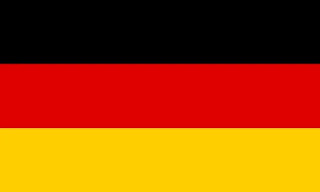Okay. I think I gave you the end before the beginning, because this is about the rise of Austria-Hungary. If you didn't read the last article, that's on the fall of Austria-Hungary. But, I didn't know I would post on this. So, let's go!
Let's look at Austria in 1867. The previous year, they lost a war to Prussia and Italy. After Prussia defeated Austria, the other German states dependent on Austria had an uncertain future. (This would be resolved after the Franco-Prussian War.) But Austria also had an uncertain future. After losing wars, you would generally have a bad economy. Austria was no exception. And Austria already had many ethnicities in their empire. As I said in the last article, Austria had many minorities. In fact, I'll list just some of the most significant minorities in the Austrian Empire:
- Czechs
- Slovaks
- Poles
- Ukrainians
- Romanians
- Hungarians
- Serbs
- Croats
- Slovenes
- Italians
If this doesn't sound too complicated to you, think about what you would do if you were Austria in 1867. Many outsiders probably thought, "Is this the end of the Austrian Empire?" If Austria didn't do anything, their empire might just have collapsed, and all of these minorities might have been liberated. They had two options - liberate their minorities, or face revolution.
Austria chose to liberate some of their minorities. The 1867 Compromise was signed. It gave significant autonomy to Hungary. It also gave some autonomy to Croatia, since they had been in some sort of historical union.
Now, here's a big misconception about the 1867 Compromise. Many believe that since the 1867 Compromise gave Austria and Hungary equal status, it made them one country, known as the Austro-Hungarian Empire. However, this is not the case. The compromise stated that Austria and Hungary were two states, united under the same monarch. Additionally, many show Austria and Hungary as having one flag and anthem. In fact, they had two flags and two anthems. I'll display some flags:
(source) This was the civil ensign of Austria-Hungary, ONLY used by civilians and commercial ships. However, many call it the "national flag of Austria-Hungary."
(source) This was the flag of the Habsburg monarchy. Since that monarchy ruled the Austrian Empire (1804-1867), it was also their national flag. It was still used by the Austrian part of Austria-Hungary after the compromise.
(source) Flag of the Hungarian part, officially known as the Kingdom of Hungary.
So, I hope I gave you a clear overview of what the 1867 Compromise actually was. Thanks for reading! Bye!



